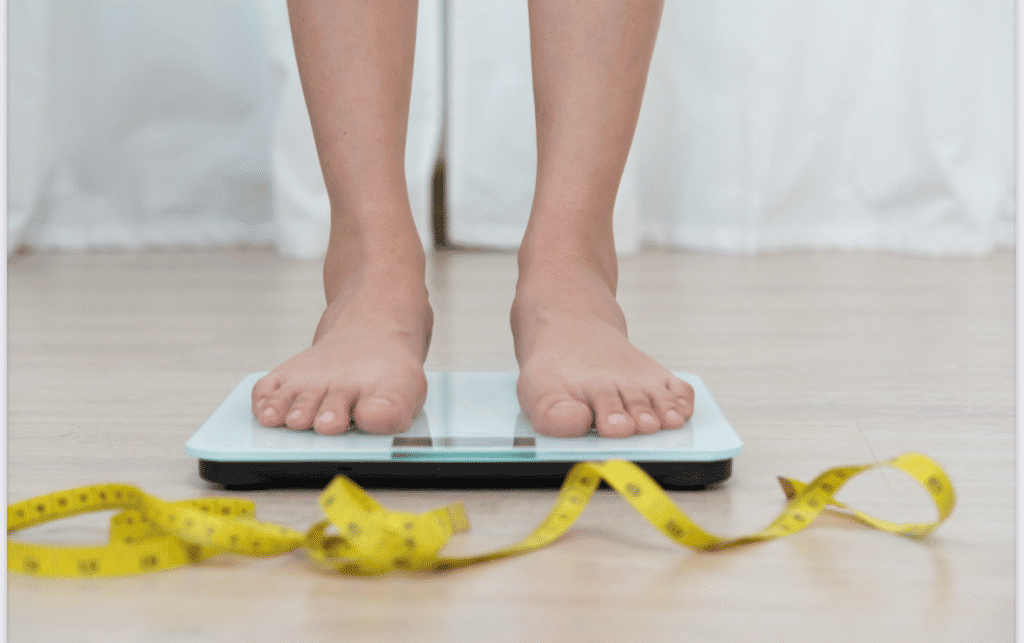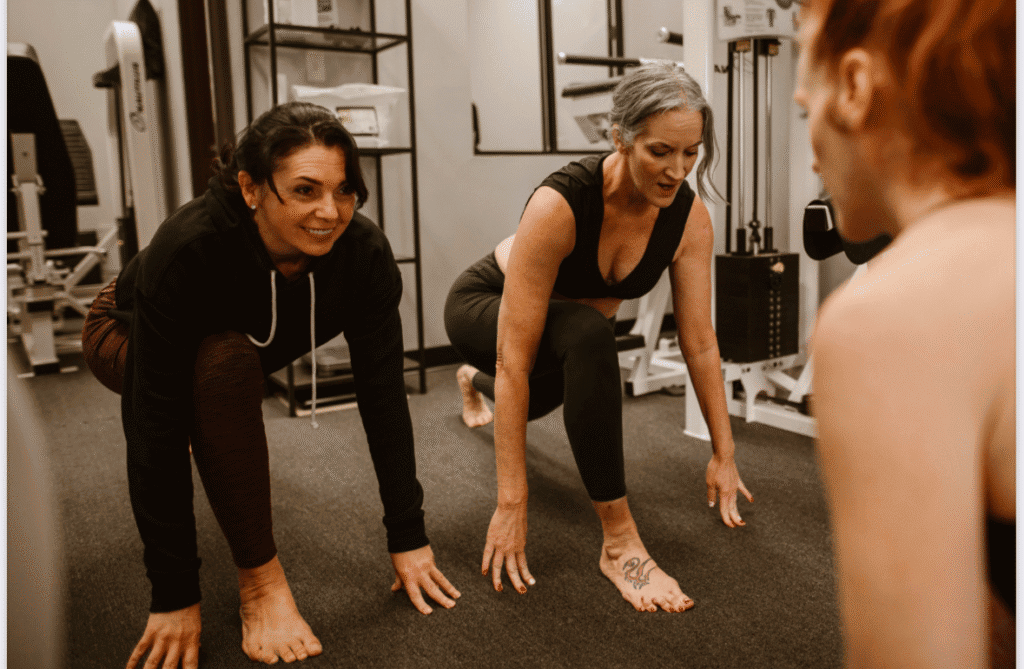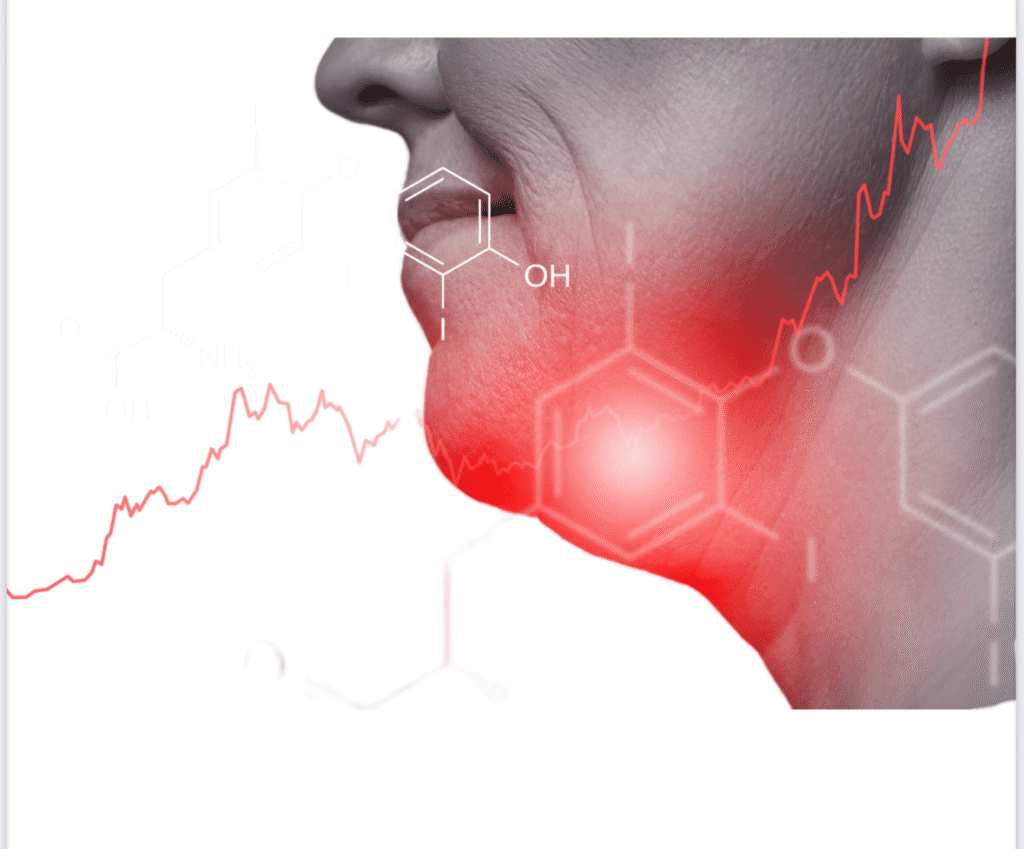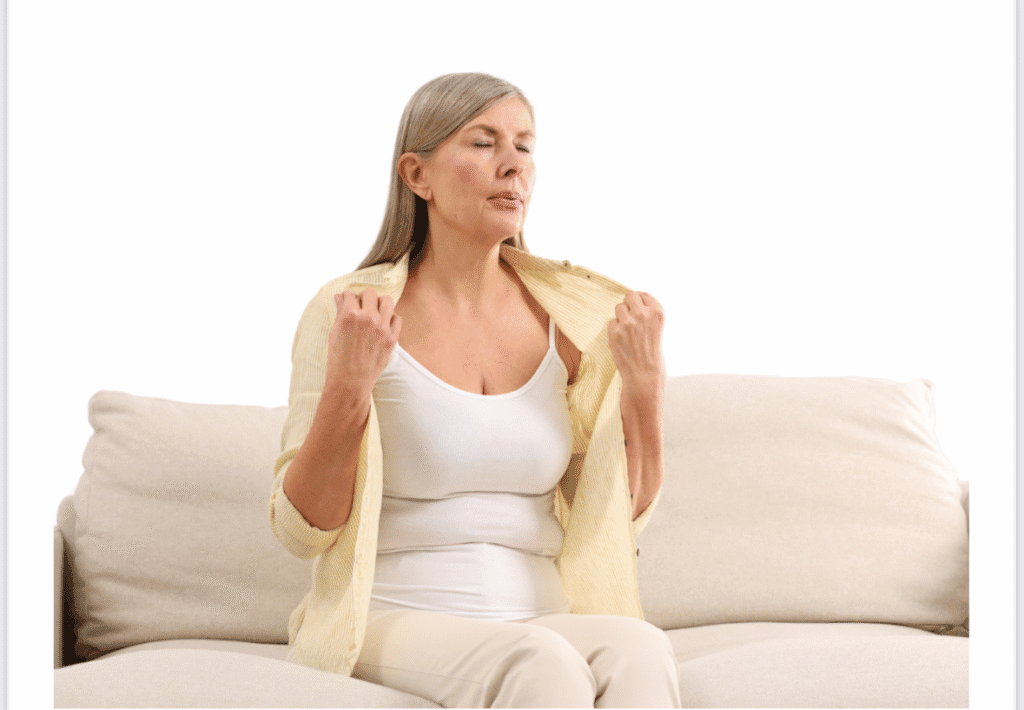You wake up in the middle of the night, drenched in sweat, as if you’d been sleeping inside a sauna. Your heart is racing, the sheets are soaked, and there’s this overwhelming feeling that something just isn’t right.
If you’re going through menopause, you probably know exactly what I’m talking about: the dreaded hot flashes.

But here’s what many women still don’t know—you don’t have to suffer through them in silence, and you don’t have to take hormones to find relief.
Hot Flashes: When Menopause Hits, It Doesn’t Whisper—It Roars
Menopause doesn’t gently ease into your life—it kicks down the door. One moment you’re laughing at dinner, and the next, your face flushes, your body overheats, and you’re frantically fanning yourself with the closest napkin.
It’s not just the hot flashes. It’s the brain fog that makes you forget names. The mood swings that feel like emotional whiplash. The tears that come out of nowhere. The insomnia that turns every night into a battle.
And the worst part? People don’t talk about it.
You’re expected to smile, carry on, and act like you’re okay. But inside, you might feel like you’re falling apart.
This is why more and more women are choosing to speak out and seek real solutions—especially ones that don’t involve hormones.
Hot Flashes: Why Hormones Aren’t for Everyone
For years, hormone replacement therapy (HRT) was the main option offered to women struggling with menopause symptoms. And for many, it works beautifully.
But what if it’s not right for you?
Maybe you’ve had breast cancer or blood clots. Maybe you’ve been warned about the risks. Maybe you tried HRT and didn’t like how it made you feel. Or maybe you just want something more natural—something that feels aligned with your body.
There’s nothing wrong with saying, “No, thank you.”
And the good news is: relief is still possible.
Hot Flashes: The Rise of Non-Hormonal Menopause Treatments
Women all over the world are discovering that you don’t need to rely on hormones to feel better. There’s a growing movement—a beautiful, empowered shift—toward non-hormonal, holistic, and safer solutions for menopause.
It’s not about rejecting medicine. It’s about choosing what’s right for you. And finally, we have choices.
Let’s explore what’s really helping women reclaim their lives, one hot flash at a time.
Hot Flashes: Cooling Strategies That Make a Real Difference
It sounds simple, but managing your environment can have a huge impact.
- Wear light, breathable clothing—natural fabrics like cotton are your best friend.
- Keep your room cool at night. Use a fan, chill your pillow, or try a cooling mattress topper.
- Layer your clothes during the day so you can peel something off during a sudden hot flash.
- Use a portable fan or cooling facial spray—these little tools can be lifesavers.
These small shifts may not “cure” hot flashes, but they give you back control, and that’s everything.
Hot Flashes: Natural Remedies from the Earth
Nature has supported women for centuries, and she’s not stopping now.
Some women swear by herbal remedies, and while results vary, the emotional comfort of doing something gentle and natural is a big win.
- Black Cohosh: Probably the most popular herbal ally for hot flashes.
- Red Clover: Contains plant estrogens that may help balance your body.
- Maca Root: Boosts energy, balances mood, and supports hormone harmony.
- Evening Primrose Oil: May help with breast tenderness and mood.
- Ashwagandha: A stress-relief powerhouse, especially for anxiety and sleep issues.
It’s not just about what works—it’s about reclaiming the relationship with your own body. Always talk to a healthcare provider, but don’t dismiss the quiet power of plants.
Hot Flashes: The Power of the Mind-Body Connection
Menopause doesn’t just affect the body. It touches your mind, your emotions, your identity. And that’s why healing has to happen on every level.
Many women are finding comfort in:
- Meditation and deep breathing. Even 5 minutes a day can reduce stress and ease hot flashes.
- Yoga and gentle movement. These practices reconnect you with your body and help with balance and sleep.
- Cognitive behavioral therapy (CBT). This can help manage hot flashes, insomnia, and emotional shifts.
- Acupuncture. An ancient practice with modern science backing it, especially for reducing hot flash intensity.
These are more than “alternative” therapies—they’re about trusting your body again.
Lifestyle Tweaks That Matter More Than You Think
It’s not glamorous advice, but it works:
- Cut back on caffeine and alcohol, which can trigger hot flashes.
- Avoid spicy foods if you notice they make symptoms worse.
- Move your body daily, even if it’s a 15-minute walk.
- Stay hydrated. Hormonal shifts can dehydrate you faster.
- Stick to a sleep routine—yes, even on weekends.
These aren’t restrictions. They’re acts of love. They’re ways to say, “I’m listening to what my body needs.”
Hot Flashes: Non-Hormonal Medications That Are Making a Difference
If your symptoms are severe, there are medications that can help—without hormones.
Doctors are now prescribing medications originally used for other conditions, such as:
- Low-dose antidepressants (SSRIs or SNRIs): These can ease hot flashes, night sweats, and mood swings.
- Gabapentin: Often used for nerve pain, it can dramatically reduce nighttime hot flashes.
- Clonidine: A blood pressure medication that helps manage flushing and sweating.
You don’t have to suffer. And you don’t have to “just deal with it.” Help exists.
New Scientific Hope on the Horizon
If you’ve felt like you’ve tried everything and still haven’t found relief, take heart—science is catching up to what women have needed for decades. Two new non-hormonal medications are bringing real hope.
One medication already approved by the FDA, Fezolinetant works by calming the brain’s temperature regulation center. It doesn’t involve hormones at all. However, the FDA has recently issued a warning about potential risks to liver health. Before and during treatment, blood tests are recommended to monitor safety. If you’re considering this option, speak with your doctor to fully understand the benefits and precautions.
Another promising medication is Elinzanetant, a non-hormonal therapy developed by Bayer, still in Phase 3 clinical trials. It also targets temperature regulation without affecting hormones. While it’s not yet available, the research shows exciting progress—and proves that women’s needs are finally being prioritized in the world of medicine.
More Than Physical: The Emotional Weight of Menopause
Let’s talk about the real cost of menopause—the one we don’t talk about enough.
The tears you cry in the shower. The moments you feel disconnected from your partner. The fear that you’re “not yourself” anymore. The worry that you’re becoming invisible.
Menopause changes more than your hormones. It changes your relationship with yourself.
But here’s what I want every woman reading this to know:
You are not disappearing. You are becoming.
This isn’t the end of you. It’s the beginning of something deeper, stronger, and wiser.
You’re Not Alone—And You Never Have To Be
You’re not the only one lying awake at night, tossing aside the covers for the third time.
You’re not the only one who snapped at someone today and felt awful about it.
You’re not the only one who Googled “why do I feel like I’m going crazy?” at 2 a.m.
You are not alone.
There is a whole sisterhood of women out there walking through this fire and coming out stronger. Let’s stop pretending we’re fine and start talking about what’s real.
Because the more we share, the less we carry.
So, What Works Best?
The answer is deeply personal.
For some women, it’s a supplement and daily meditation.
For others, it’s acupuncture and new bedding.
For you, it might be a fan, a support group, and a new way of eating.
There’s no “one-size-fits-all.” But there is one truth: You deserve to feel better.
Final Thoughts: This Is Not the End—It’s a Rebirth
The world tells women that menopause is a winding down.
But what if it’s a rising up?
What if this is the moment where you finally put yourself first?
Where you speak louder, rest deeper, love harder, and stop apologizing?
What if the “heat” you feel isn’t just a symptom—what if it’s a fire being reignited inside you?
You are powerful. You are worthy. And you are not going through this alone.
Share This With Someone You Love
If this post made you feel seen, share it. Send it to a sister, a friend, a mother, a colleague.
Let’s break the silence. Let’s build a community where women feel supported, informed, and inspired.
Menopause isn’t a curse—it’s a calling. A call to reclaim your voice, your body, and your joy.
Welcome to your next chapter.
References:
FREEMAN, Ellen W. et al. Efficacy of nonhormonal treatments for vasomotor symptoms of menopause: a systematic review and meta-analysis. Menopause, v. 21, n. 11, p. 1145–1152, 2014.
Available at:
https://www.ncbi.nlm.nih.gov/pmc/articles/PMC10870088/
Accessed on: Apr. 9, 2025.
UNITED STATES. Food and Drug Administration. FDA approves novel drug to treat moderate to severe hot flashes caused by menopause. 2023.
Available at:
https://www.fda.gov/news-events/press-announcements/fda-approves-novel-drug-treat-moderate-severe-hot-flashes-caused-menopause
Accessed on: Apr. 9, 2025.
ZARE, Maryam et al. A review of effective herbal medicines in controlling menopausal hot flashes. Journal of Menopausal Medicine, v. 23, n. 3, p. 183–188, 2017.
Available at:
https://www.ncbi.nlm.nih.gov/pmc/articles/PMC5783135/
Accessed on: Apr. 9, 2025.
CHELLEW, Kim et al. Nonhormonal management of hot flashes for women on risk-reduction therapy: a clinical review. Oncology Nurse Advisor, 2014.
Available at:
https://www.ncbi.nlm.nih.gov/pmc/articles/PMC3922061/
Accessed on: Apr. 9, 2025.
NORTH AMERICAN MENOPAUSE SOCIETY. Non-estrogen treatments for menopausal symptoms. UpToDate, 2024.
Available at:
https://www.uptodate.com/contents/non-estrogen-treatments-for-menopausal-symptoms-beyond-the-basics/print
Accessed on: Apr. 9, 2025.




